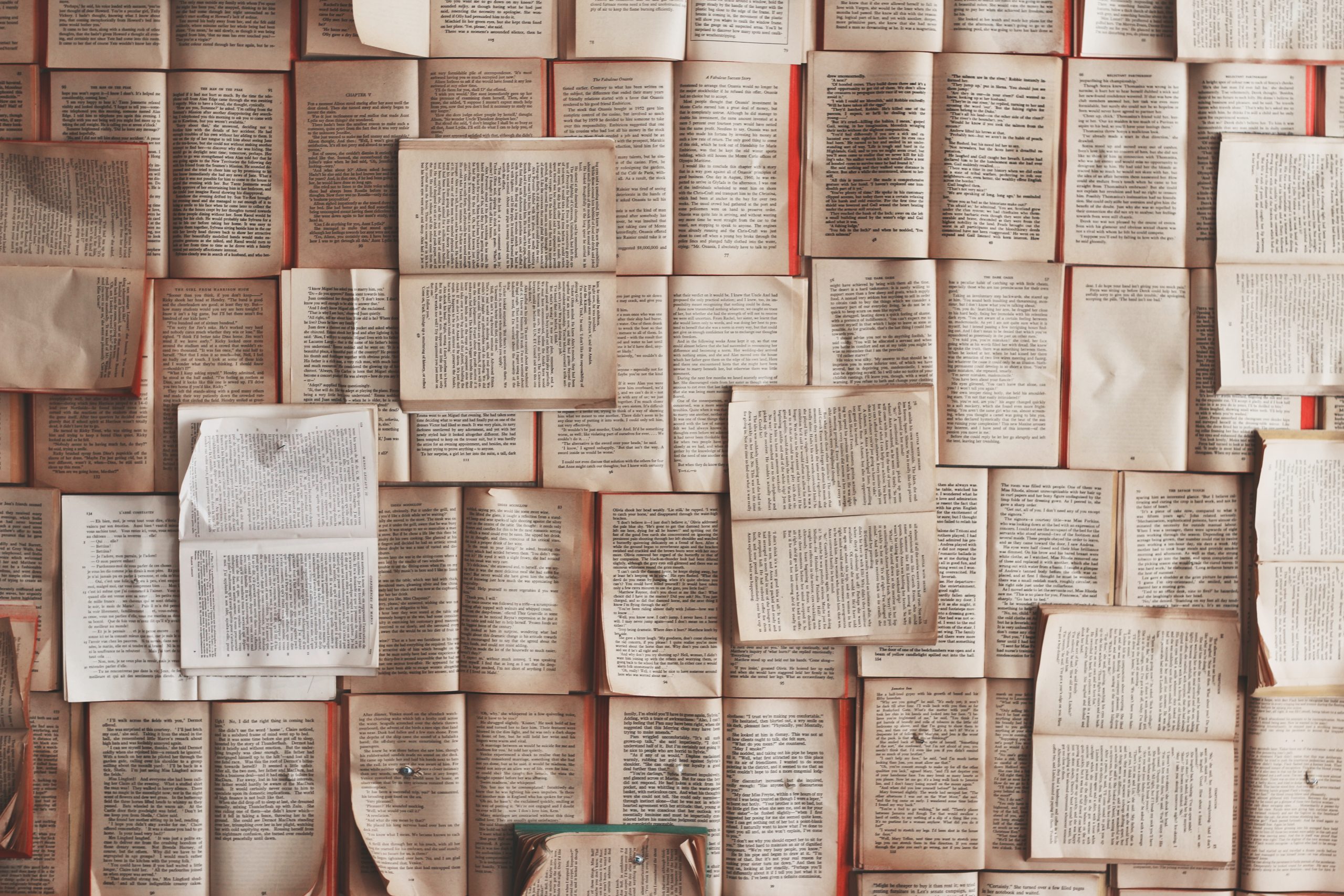The process of papermaking begins with the selection of raw materials. Most paper is made from wood pulp, which can come from a variety of sources, including trees, recycled paper, and agricultural waste. Once the raw materials have been selected, they are cleaned, chopped into small pieces, and processed into a pulp.
Next, the pulp is mixed with water and other additives to create a slurry. This slurry is then poured onto a wire mesh screen, which helps to remove excess water and form the paper fibers into a flat sheet. The sheet is then pressed and dried to remove even more water and create a smooth surface.
Throughout the papermaking process, there are many opportunities to add color, texture, and other features to the paper. For example, dyes or pigments can be added to create colored paper, while fibers or other materials can be mixed in to create textured paper. These additional features can help make the paper more versatile and attractive to consumers.
While the papermaking process has been used for thousands of years, modern technology has made it faster and more efficient than ever before. However, the process is still labor-intensive and requires skilled workers to ensure that the final product is of high quality.
In conclusion, the world of papermaking is a hidden but fascinating one. From the raw materials to the finished product, every step in the process is critical to creating high-quality paper products. While we may take paper for granted in our daily lives, a closer look at the process of papermaking can help us appreciate this versatile material even more.




